The complications and hazards associated with immobility and according to bodily system are described below:
Urinary System
As the result of immobility, the urinary system can be adversely affected with urinary retention, urinary stasis, renal calculi, urinary incontinence, and urinary tract infections.
Gastrointestinal System
Constipation, impaction and difficult to evacuate faeces can occur as the result of immobility and the lack of exercise that is needed to promote normal bowel functioning. These bowel alterations are further confounded when the client is not getting adequate fluid intake.
Musculoskeletal System
The muscles, joints and bones are adversely affected by immobility.
The bones lose calcium as a result of the lack of weight bearing activity and this can lead to disuse osteoporosis, hypercalcemia, and fractures. At times a tilt table can be used to prevent this damage by placing the client in a position of weight bearing to avoid these complications.
The joints are affected with stiffness, pain, impaired range of motion and contractures including foot drop which is a plantar flexion contracture. Some of these joint disorders can be prevented with frequent and proper positioning of the client in correct bodily alignment, the provision of range of motion exercises to all joints several times a day, and the use of devices like a hand roll and a bed board to prevent contractures of the hands and feet, respectively.
Muscles are adversely affected with weakness and atrophy as the result of immobility. These hazards of immobility can be prevented with range of motion exercises and in bed exercises such as isotonic, isometric, and isokinetic muscular exercises.
Respiratory System
Some adverse respiratory system effects relating to immobility include the thickening of respiratory secretions, the pooling of respiratory secretions and an increased inability of the client to mobilize and expectorate these secretions, all of which can lead to atelectasis, hypostatic pneumonia, and respiratory tract infections. Immobility can also lead to shallow, ineffective respirations, decreased respiratory movement, and a decrease in terms of the client’s vital capacity.
Some of these complications of immobility can be prevented with respiratory hygiene measures such as deep breathing, coughing, postural drainage, percussion and vibration. These techniques will be discussed below immediately after this section.
Circulatory System
The circulatory system is jeopardized by immobility; some of these respiratory complications and risks include venous stasis, venous dilation, decreased blood pressure, oedema, embolus formation, thrombophlebitis and orthostatic hypotension which is a risk factor that is often associated with client falls.
Some of these complications can be prevented with leg exercises, the use of sequential compression devices or antiembolism stockings, and the initiation of falls risk prevention measures when an immobilized client is adversely affected with orthostatic hypotension.
Metabolic System
The metabolic system alterations associated with immobility are a decreased rate of metabolism which can lead to unintended weight gain, a negative calcium balance secondary to the loss of calcium from the bones during immobilization, a negative nitrogen balance secondary to an increase in terms of catabolic protein breakdown, and anorexia.
Integumentary System
Immobility places clients at risk for skin breakdown, pressure injuries, and poor skin turgor. Preventive measures and the treatments of these skin integrity disorders will be discussed below in the section entitled “Performing a Skin Assessment and Implementing Measures to Maintain Skin Integrity and Prevent Skin Breakdown“.
Psychological Alterations
Some of the psychological hazards of immobility can include apathy, isolation, frustration, a lowered mood, and depression. Some nursing diagnoses related to immobility can include:
- At risk for pressure injuries related to immobility
- Muscular weakness and muscular atrophy related to immobility
- At risk for venous stasis and emboli related to immobility
- At risk for altered and impaired respiratory functioning related to immobility
- At risk for falls related to orthostatic hypotension secondary to immobility
- At risk for osteoporosis and fractures related to the loss of calcium from the bones secondary to the lack of weight bearing activity
- Plantar flexion contracture related to immobility
- Apathy related to immobility
- Loss of complete range of motion related to immobility


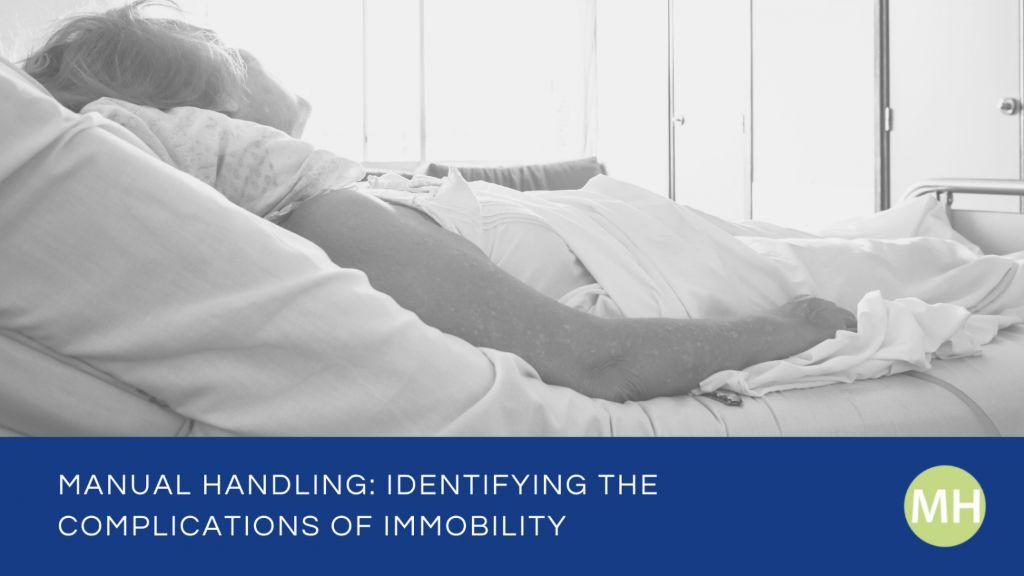



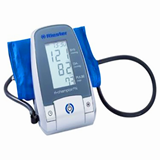


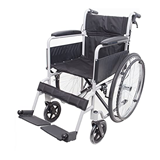
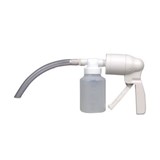












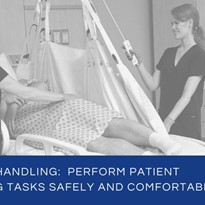
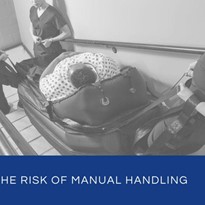
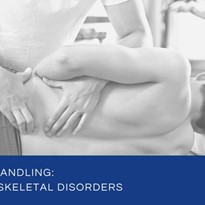
-205x205.jpg)